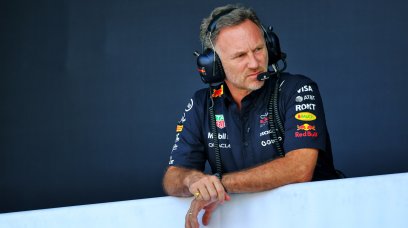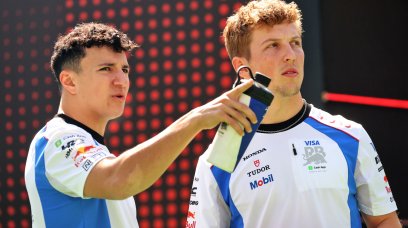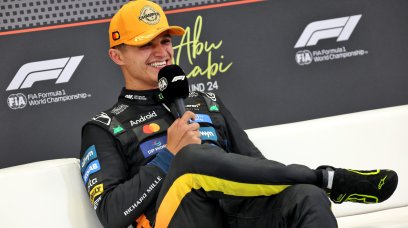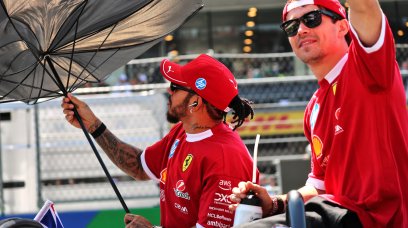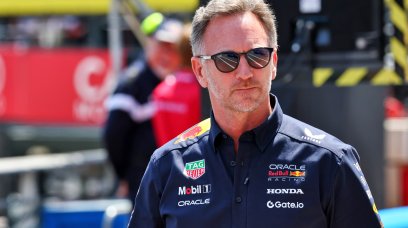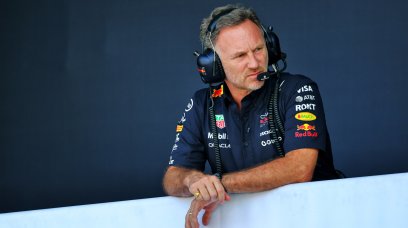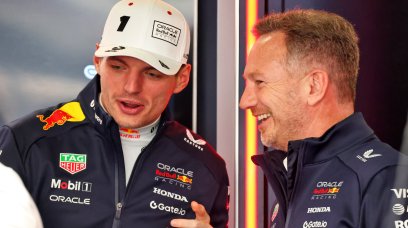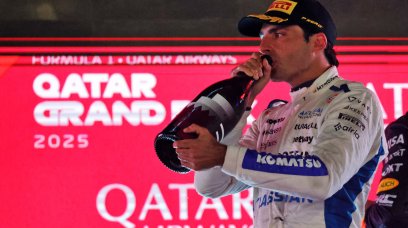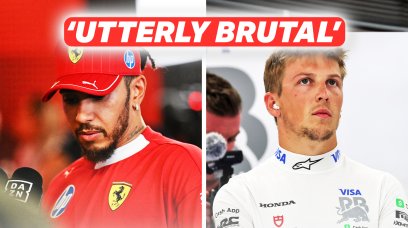For a Formula 1 driver, much of their success is arguably measured by on-track performance. However, a vast amount of preparation for this involves off-track work alongside a performance coach, an individual whose role can prove crucial to a driver's development. Hintsa Performance have been providing performance-based coaching to Formula 1 drivers and teams for over 20 years. Founded by the late Finnish trauma surgeon Dr Aki Hintsa in the 1990s, the company's journey in the sport began when Mika Hakkinen entailed their services as part of his World Championship bid in 1998. Since then, Hintsa's influence within F1 has grown; according to the company, 96 per cent of all Formula 1 races over the past nine seasons have been won by a Hintsa-affiliated driver, with Lewis Hamilton amongst those to utilise these services by working with performance coach Angela Cullen. Additionally, the company have been able to transfer the wellbeing model that they apply to the sporting world to use within corporate settings. This means that, alongside their work in Formula 1, Hintsa have a strong focus on supporting management teams in fields beyond motorsport. In an exclusive interview with RacingNews365.com , Hintsa Performance's Medical Director, Dr Luke Bennett, explains the vital process of matching a racing driver to their coach, the potential ups and downs this can bring, and why supporting a driver can prove to be such a team effort.
Finding the right "chemistry" between driver and coach
Since he began working with Cullen in 2016, Hamilton has spoken of the important role she has played as a part of his team. The match has clearly worked well, as has been the case for other drivers on the grid who have been supported in the long-term by a particular coach. Bennett – who, since joining Hintsa in 2014, has provided medical oversight of performance, wellness and coaching programmes for 28 individual Formula 1 drivers and their trainers across all teams – admits that choosing the right coach for a driver is critical in determining the success of the partnership. "The match between a coach and a driver is crucial," Bennett explained. "That chemistry has to be there. In Formula 1, they're spending most of their year together; they're in intense competitive circumstances, they're sharing accommodation and travel, so that chemistry needs to be right. "It's not like, for example, tennis or football, where coaches are rotated on a pretty frequent basis, and it's a somewhat ruthless or heartless business. We tend to have longer relationships between our coaches and our drivers." Inevitably, there are occasions where the initial match may not work out, meaning that a 'trial' process is required. "Sometimes, at the beginning, we can go through a phase of either a driver meeting a couple of different coaches, potentially, on a trial basis, and then choosing one," Bennett continued. "Or potentially, if there is occasionally a relationship that doesn't work out, we tend to act early on those and that tends to be within the first year."
How are F1 drivers matched to a performance coach?
The process of selecting the best-suited coach for each driver involves various considerations, such as ensuring that the skills of the coach match the requirements of an athlete. "You need the right skills for the driver's particular strengths and weaknesses, whether that be someone who's very focused on nutrition, or somebody who's a physiotherapist as well as a sports scientist," Bennett said. "So we match our coaches based on their skill set. We match them a bit based on geography. Different drivers live in different parts of Europe, for example. Different coaches have different family commitments and different capacities to travel, to put in time between races. "And then that all-important chemistry has to be there, so we think a bit about the personality matches beforehand. But the truth is, you don't really ever know until they get on the road together. "Most of the time it works, and when it doesn't work, we're very much open to rotating that. As they say in Silicon Valley, fail fast and and make the changes as early as possible." In terms of just how much time a driver spends with their coach, the extensive F1 calendar means that a considerable amount of the year is covered. "In Formula 1, there's approximately 180 to 190 days of travel now just to cover the races and tests," Bennett added. "Our default mode is that the coach will live in the same location as the driver. That's not always the case, but in that case they'll see each other three, four or five days a week in between races as well. "So it's 250 plus days for the deepest coaching relationships."
The challenges of involving a driver's family
In recent times, Hinsta Performance have often began their work with drivers in junior categories, with their involvement now reaching those in Formula 3, W Series, Formula 4 and karting. For drivers making their way up the motorsport ladder, family are often a key component in the support they receive. This can continue to be the case as their career progresses; several F1 drivers are regularly supported by relatives in the paddock. Bennett admits that a part of Hintsa's approach involves working with family to ensure that the balance between all sides is in place. "A good percentage of the Formula 1 grid brings motorsport parents with them, and that has its advantages, but it also can be something that needs to be worked through," he explained. "It's typically an arrangement between the driver, and their coach, and their family, and their team management. It can take some time, during the junior categories and even upon entry into Formula 1, for everybody to find an equilibrium in their roles. "There's a whole range of ways that that can go right or go wrong, and that's where family have funded a career of the driver and expect to maintain a very strong controlling interest in what's happening. "It might extend to family members with a strong motorsport background having particular ideas around engineering or car set-up. "I think with any parent and child, as they come to the end of their teenage years and sort of head out into the world, there is a process of letting go and finding a new balance as somebody embarks on their own career path. "I'm proud to say that we think about and we navigate those processes, which are very, very individual, but we do incorporate those sorts of discussions very much into the totality of our coaching programmes. It's not just about strength and conditioning or nutrition."
What does the future hold for F1 performance coaching?
The challenges and various considerations involved in developing a coaching programme for an F1 driver have clearly, like the sport, continued to evolve over time. With this in mind, how does Bennett see the role of performance coaching within Formula 1 developing in the future? "I think we continue to evolve and adapt," Hinsta's Medical Director said. "We came from an era where perhaps Niki Lauda recovering from his huge accident in the 70s was one of the first to focus on physical fitness and physical rehab. We had then Michael Schumacher taking that to another level. "Then in the early 2000s, guys like Jenson Button [and] Mark Webber [were] much more interested, to the point where a baseline level of physical preparation, as well as the other dimensions of preparation like nutrition, sleep and wellbeing, have become a necessary prerequisite for competition at this level. "We would like to think the next frontier is starting to plug that coaching programme more closely into the engineering and the technical skills [on the] driving side. I think that's fertile ground. "And I think we have a notion of what it is that makes a good driver; it's something about their ability to sense very fine movement through their eyes and through their trunk, to sense different levels of adhesion as a track evolves. "I think, probably in the future, there's some kind of study that we can do there to understand what really differentiates the deep neurology, the sensory input of a truly great driver. "That's a bit of a pipe dream at present, but it's something that I could see being important as a potential next step over the next couple of decades."
Most read

